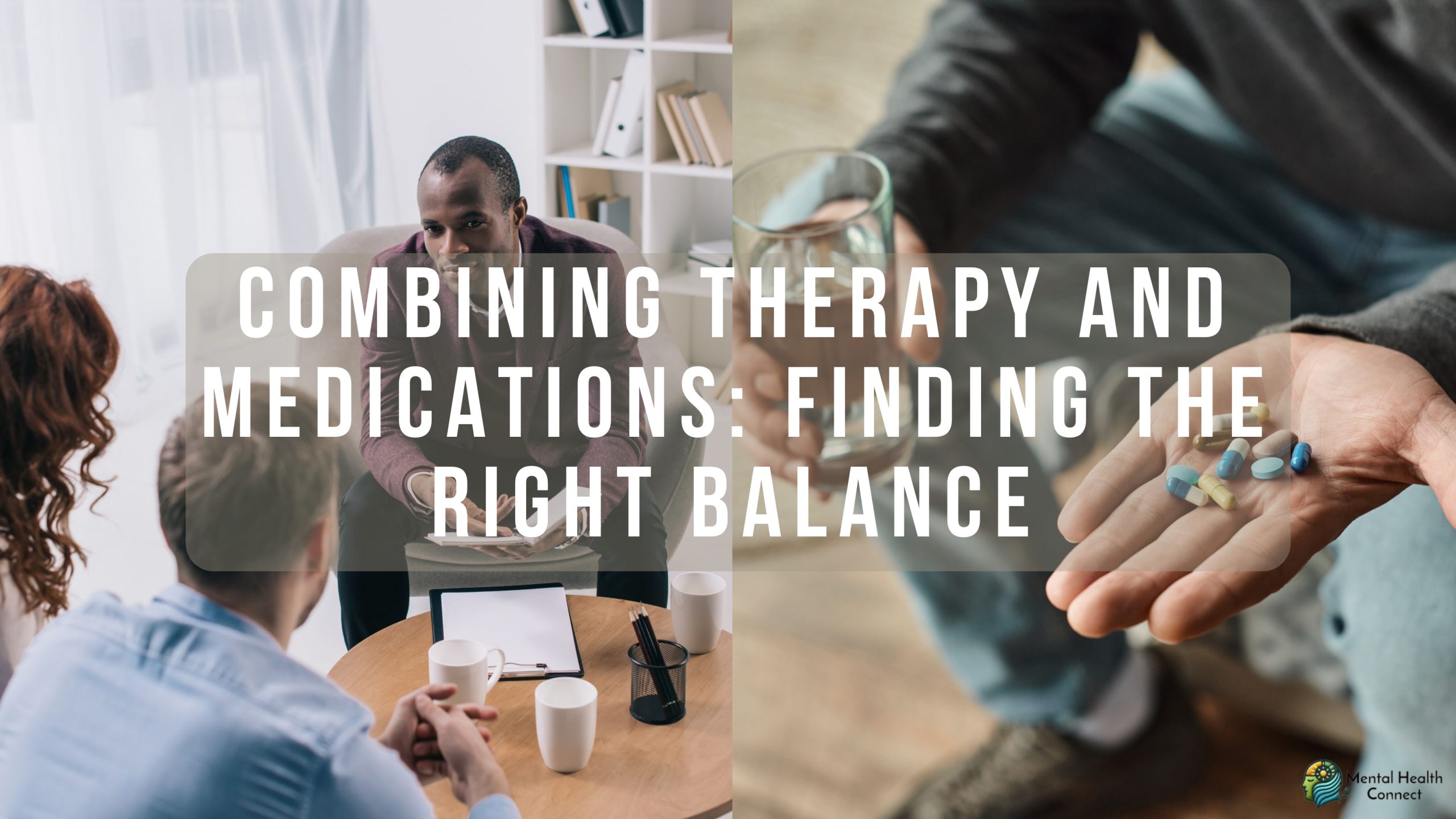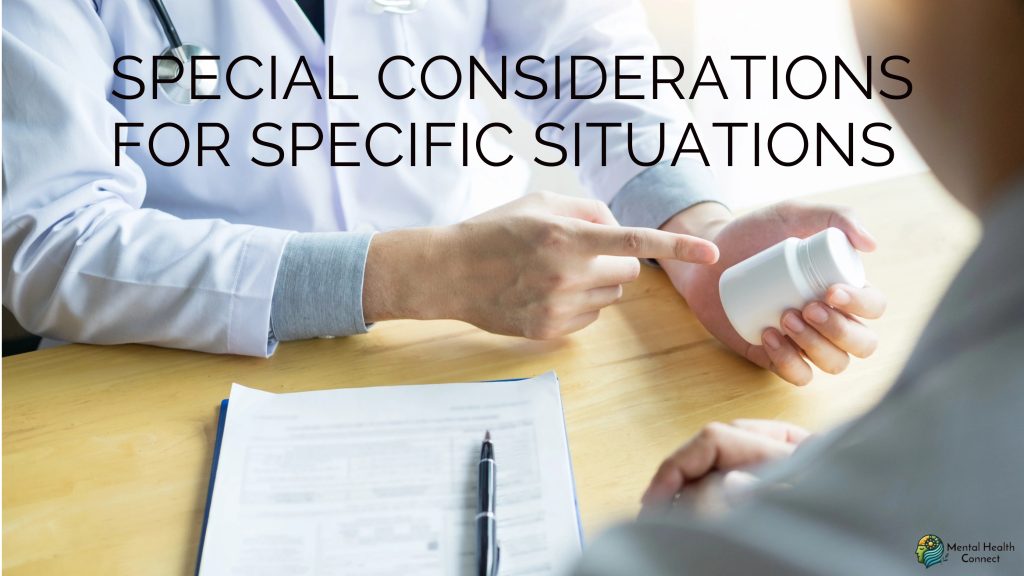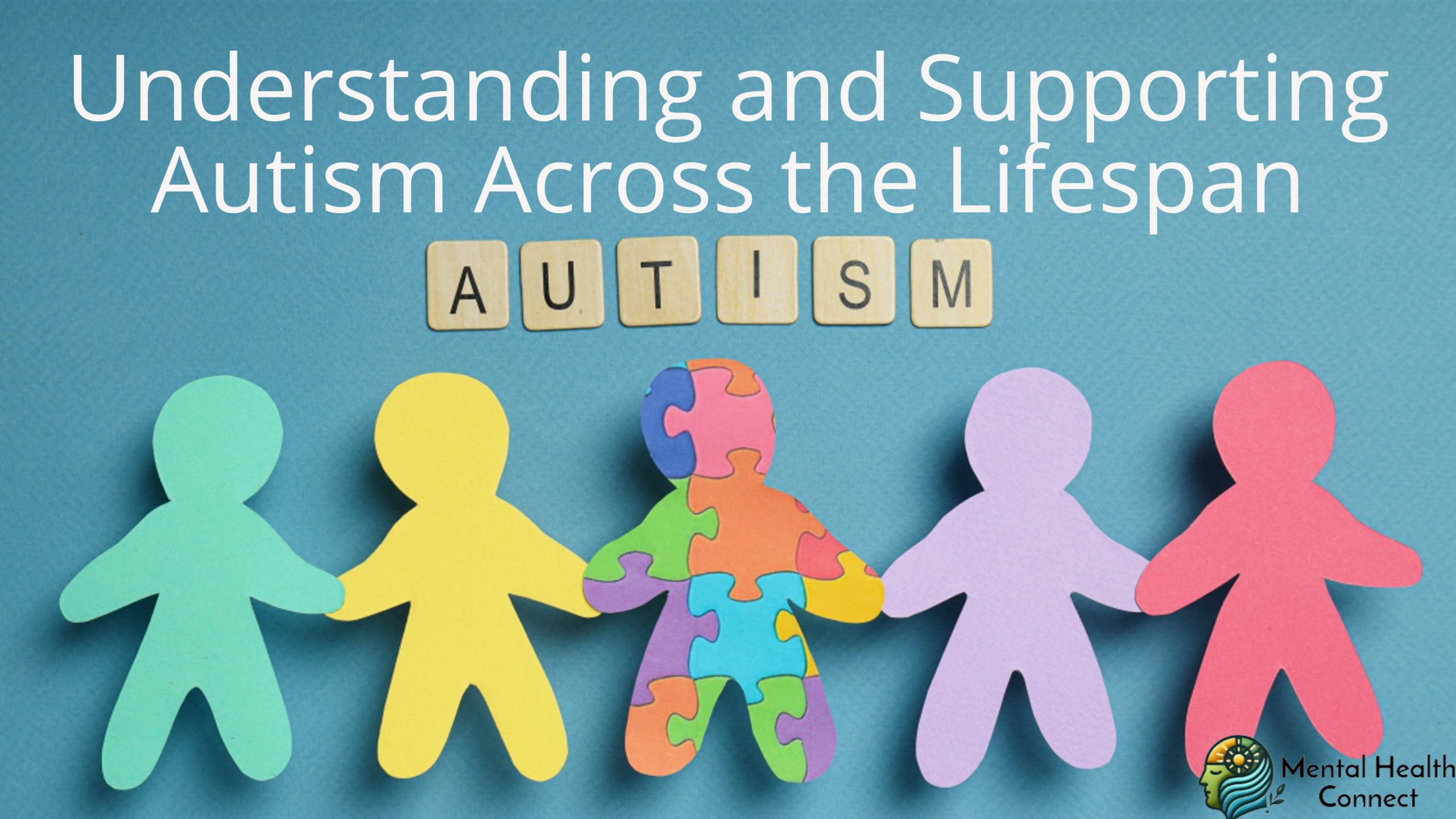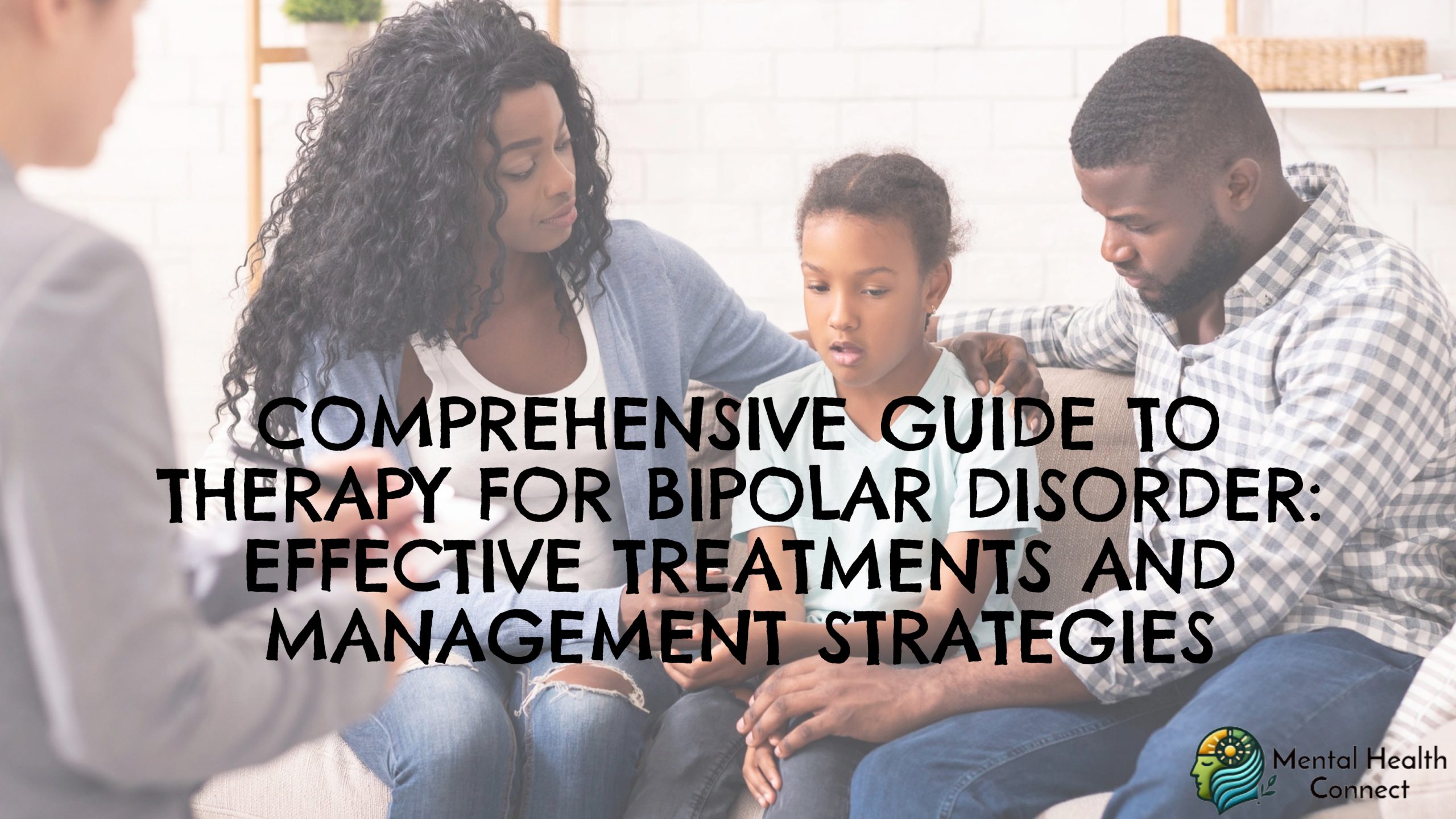Combining Therapy and Medications: Finding the Right Balance

When it comes to treating mental health conditions, evidence increasingly points to the synergistic benefits of combining psychotherapy and psychiatric medications. Yet finding the optimal balance between these approaches requires thoughtful consideration and effective communication with healthcare providers. This comprehensive guide explores how these treatments work together, when combined approaches may be most beneficial, and how to navigate the practical aspects of coordinated care.
The Case for Combined Treatment
Research consistently demonstrates enhanced outcomes when therapy and medication are used together for many conditions:
Complementary Mechanisms
Medications and therapy work through different but complementary pathways:
- Medications primarily address underlying neurochemical imbalances, helping regulate brain chemistry to reduce symptom intensity
- Therapy focuses on behavioral patterns, thought processes, coping strategies, and underlying psychological dynamics
- Combined treatment addresses both the biological and psychological dimensions simultaneously, often creating more comprehensive improvement
Enhanced Effectiveness
For many conditions, the combined approach shows important advantages:
- Greater symptom reduction than either treatment alone, particularly for moderate to severe conditions
- Faster initial improvement often from medications, providing relief that enables more productive therapy engagement
- More sustainable long-term results as therapy develops skills that extend beyond medication effects
- Lower relapse rates compared to medication alone for conditions like depression
- Reduced need for higher medication doses in some cases, potentially decreasing side effects
When Combined Treatment May Be Most Beneficial
While individual needs vary significantly, certain situations often benefit from integrated approaches:
Condition-Specific Considerations
Research suggests combined treatment is particularly valuable for:
- Major depression (moderate to severe), where combination treatment shows clear advantages over either therapy or medication alone
- Panic disorder and certain anxiety disorders, where medications may reduce acute symptoms while therapy addresses avoidance behaviors
- Bipolar disorder, where medications stabilize mood while therapy improves functioning and medication adherence
- PTSD, particularly when symptoms significantly impair functioning or include severe hyperarousal
- OCD with moderate to severe symptoms, where combination approaches show enhanced effectiveness
Individual Factors Suggesting Combined Approaches
Beyond diagnosis, certain personal factors may indicate combined treatment:
- History of recurrent episodes or previous treatment resistance
- Significant functional impairment affecting work, relationships, or self-care
- Presence of multiple co-occurring conditions
- Strong stress components exacerbating symptoms
- Limited response to prior single-modality treatment
How Therapy and Medication Work Together

Understanding the specific ways these treatments interact helps maximize their combined benefits:
Synergistic Effects
Several mechanisms explain why combined treatments often exceed the sum of their parts:
- Medication may create a window for therapy effectiveness by reducing symptoms that interfere with engagement
- Therapy enhances medication adherence through education and addressing barriers
- Therapy provides tools for managing medication side effects
- Combined approaches address different symptom clusters within the same condition
- Each treatment may enhance the neurobiological effects of the other
Practical Integration Examples
Different conditions benefit from specific integration strategies:
- For depression, medication may lift energy and motivation enough to implement behavioral activation strategies learned in therapy
- In anxiety disorders, medication can reduce physiological symptoms while therapy addresses avoidance and builds exposure tolerance
- For ADHD, medication improves attention while therapy builds organizational systems and compensatory strategies
- In bipolar disorder, medication stabilizes mood while therapy focuses on early warning sign recognition and lifestyle regularity
Navigating the Practical Aspects of Combined Care
Finding the Right Providers
Options for combined treatment delivery include:
- Split treatment model: Psychiatrist/prescriber for medication and therapist for psychotherapy
- Integrated provider: Psychiatric nurse practitioners or psychiatrists who provide both medication management and therapy
- Collaborative care teams: Primary care-based models with consulting psychiatrists and embedded therapists
- Specialty clinic settings: Programs specifically designed for particular conditions
Factors to consider when selecting providers:
- Communication practices between providers
- Experience with your specific condition
- Insurance coverage and cost considerations
- Treatment philosophy compatibility
- Practical logistics like location and scheduling
Optimizing Communication Between Providers
Effective coordination improves outcomes through:
- Release of information: Promptly completing authorization forms allowing providers to share information
- Coordination expectations: Clarifying with both providers how frequently they’ll communicate
- Shared treatment plans: Ensuring agreement on treatment goals and approaches
- Consistent messaging: Watching for conflicting recommendations or information
- Efficient information sharing: Summarizing key points from each provider to the other when necessary
Your Role in Coordinated Care
Patients play a crucial role in integrated treatment:
- Active communication: Share your experiences, concerns, and questions with both providers
- Accurate reporting: Describe medication effects, side effects, and therapy insights accurately
- Integration assistance: Help connect insights from therapy with medication observations
- Self-monitoring: Track symptoms, medication effects, and therapy progress systematically
- Appointment preparation: Come prepared with specific questions and observations for each provider
Common Challenges in Combined Treatment

Navigating Differing Perspectives
Occasionally, providers may have different viewpoints:
- Treatment emphasis differences: Some providers may favor medication adjustments while others emphasize psychological strategies
- Timing disagreements: Questions about when to modify medications versus allowing more time
- Philosophical differences: Varying perspectives on the nature of mental health conditions
- Attribution of improvement: Different views on which treatment component is driving positive changes
When differences arise:
- Request a three-way conversation if possible
- Avoid becoming the “go-between” messenger
- Focus discussions on specific symptoms and functional goals
- Consider your own observations and preferences in the decision-making process
Insurance and Cost Challenges
Financial considerations often affect combined treatment:
- Coverage limitations: Insurance may restrict the number of therapy sessions or types of medications
- Provider network constraints: Finding both therapist and prescriber in-network can be difficult
- Higher out-of-pocket costs: Multiple providers generally mean more copays or deductible expenses
- Prior authorization barriers: Some medications require additional approval processes
Potential solutions include:
- Community mental health centers offering sliding scale fees
- University training clinics with reduced rates
- Manufacturer assistance programs for medications
- Telehealth options that may expand provider choices
- Group therapy as a more affordable therapy option
Special Considerations for Specific Situations

Starting Treatment
Key decisions when beginning treatment include:
- Sequencing: Whether to start both treatments simultaneously or one before the other
- Initial focus: Which symptoms or issues to address first
- Establishing baselines: Measuring starting points to track progress
- Setting expectations: Understanding typical timelines for each treatment type
Maintenance Phase
Once improvement occurs, treatment typically shifts:
- Therapy frequency: Often decreases while maintaining gains
- Medication adjustments: Possible dose optimization or simplification
- Relapse prevention: Developing specific strategies for early intervention
- Self-management skills: Increasing focus on independent symptom management
Discontinuation Considerations
Eventually, many patients consider reducing or ending treatment:
- Therapy tapering: Gradually increasing time between sessions before ending
- Medication discontinuation: Always conducted under medical supervision with specific tapering schedules
- Continuation indicators: Factors suggesting longer-term treatment may be beneficial
- Monitoring plans: Strategies for watching for early signs of symptom return
Maximizing the Benefits of Combined Treatment
Strategies for Getting the Most from Therapy While on Medication
- Distinguish medication effects from core issues: Recognize which symptoms improve with medication versus which patterns require psychological work
- Use medication-provided stability to tackle challenging therapy topics
- Apply therapy skills during medication transitions to manage adjustment periods
- Work on relapse prevention strategies that combine recognition of medication needs with psychological coping skills
Using Therapy to Support Medication Treatment
- Address medication concerns and side effects within therapy sessions
- Develop routines and systems supporting medication adherence
- Process feelings about needing medication to reduce ambivalence
- Learn cognitive techniques for managing medication-resistant symptoms
The integration of psychotherapy and medication often provides the most comprehensive approach to mental health treatment. By understanding how these modalities complement each other, communicating effectively with providers, and actively participating in treatment decisions, patients can maximize the benefits of this combined approach. While navigating combined treatment may require additional effort, the potential for enhanced recovery and improved quality of life makes this integrated strategy worth considering for many individuals facing mental health challenges.
Frequently Asked Questions About Combined Treatment
How do I know if I need both medication and therapy?
The decision depends on several factors including diagnosis, symptom severity, functional impairment, and previous treatment response. Generally, more severe symptoms, significant impairment in daily functioning, or limited response to single-treatment approaches suggest combined treatment may be beneficial. A thorough evaluation with a mental health professional can help determine the most appropriate approach.
Will my therapist and medication provider share information?
Only with your written permission. Privacy laws require you to sign a release of information form authorizing specific communication between providers. You control what information is shared and can revoke this permission at any time.
What if my insurance covers medication but limits therapy sessions?
Several options exist including: spacing therapy sessions further apart once stability is achieved, focusing on time-limited therapy approaches, utilizing therapy workbooks between sessions, exploring community resources with sliding scale fees, or considering group therapy which is often more affordable.
How long will I need both treatments?
Treatment duration varies significantly based on your specific condition, severity, history, and response. Some people benefit from relatively brief combined treatment during acute episodes, while others with chronic or recurrent conditions may need longer-term approaches. Regular reassessment of your needs should guide treatment decisions rather than predetermined timelines.
What if I disagree with one provider’s recommendations?
Open communication is essential. Share your concerns directly with the provider, explaining your perspective and asking for clarification. If significant disagreement persists, consider requesting a consultation with both providers together, seeking a second opinion, or exploring whether a different provider might be a better fit for your needs and preferences.



Leave a Reply